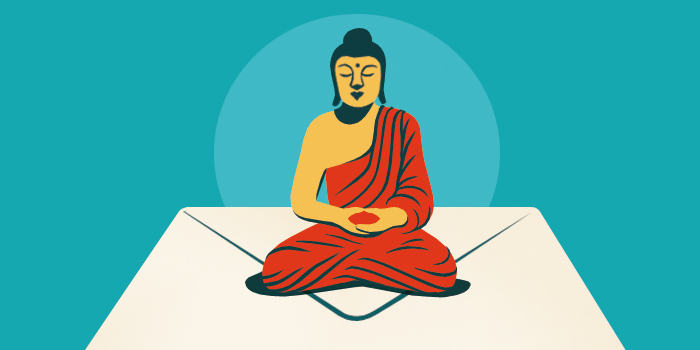What is the Vipassana movement?

Vipassana practitioners typically sit on cushions such as these when practicing meditation. | Doug Blane / Doug Blane Photography / Alamy Stock Photo
Vipassana, the Pali word for “insight” or “clear seeing,” has come to be synonymous with an approach to meditation and dharma teaching that developed in Myanmar (Burma) in the early 20th century and evolved into a meditation movement now popular the world over. In the Pali canon, vipassana is described as a quality of mind that evolves through the practice of meditation, in tandem with samatha (calm abiding), as part of the path to enlightenment.
Vipassana was not originally a meditation practice in itself. The practice known today as Vipassana developed as part of a Buddhist revival in response to the British colonization of Burma in the late 19th century and to political and social changes in the 20th century. To safeguard their Buddhist religion—the defining element of Burmese culture and statehood that was under attack by the British—monks and other leaders began popularizing the teachings and making meditation, long practiced almost exclusively by monks and nuns in Southeast Asia, accessible to the laity. By the early 20th century, Burmese teachers were instructing laypeople in a technique that emphasized quiet sitting and noting sensations and activity arising moment to moment in the body and mind.
Vipassana meditation came to be seen as the duty of every Burmese citizen, and by the mid-20th century, the Burmese government had installed one of the practice’s principle proponents, a monk named Mahasi Sayadaw, as head of the country’s largest meditation center. Mahasi Sayadaw in turn took Vipassana practice beyond Burma’s borders, teaching thousands in Sri Lanka and later in other parts of Asia and the West. Another well-known Burmese teacher, U Ba Khin, instructed both Westerners and Asians, many of whom, such as S.N. Goenka, Dipa Ma, Ruth Denison, and the Thai Forest Buddhism master Ajahn Chah, would spread insight meditation in their homelands. Among other Western seekers encountering Vipassana in Asia were Jack Kornfield, Sharon Salzburg, and Joseph Goldstein, who went on to found the Insight Meditation Center (IMS) in Massachusetts, launching the Vipassana, or Insight Meditation movement in the United States.
Today, Vipassana is one of the most popular forms of meditation teaching and practice, and has introduced millions to sitting practice and the Buddha’s teachings. To encourage students to develop insight into the true nature of reality, Vipassana teachers usually emphasize mindfulness of breathing (anapanasati). Many Vipassana practitioners attend silent vipassana retreats to develop their meditation, and some combine Vipassana with teachings and practices from other Buddhist and non-Buddhist spiritual traditions.

Tricycle is more than a magazine
Gain access to the best in sprititual film, our growing collection of e-books, and monthly talks, plus our 25-year archive
Subscribe now